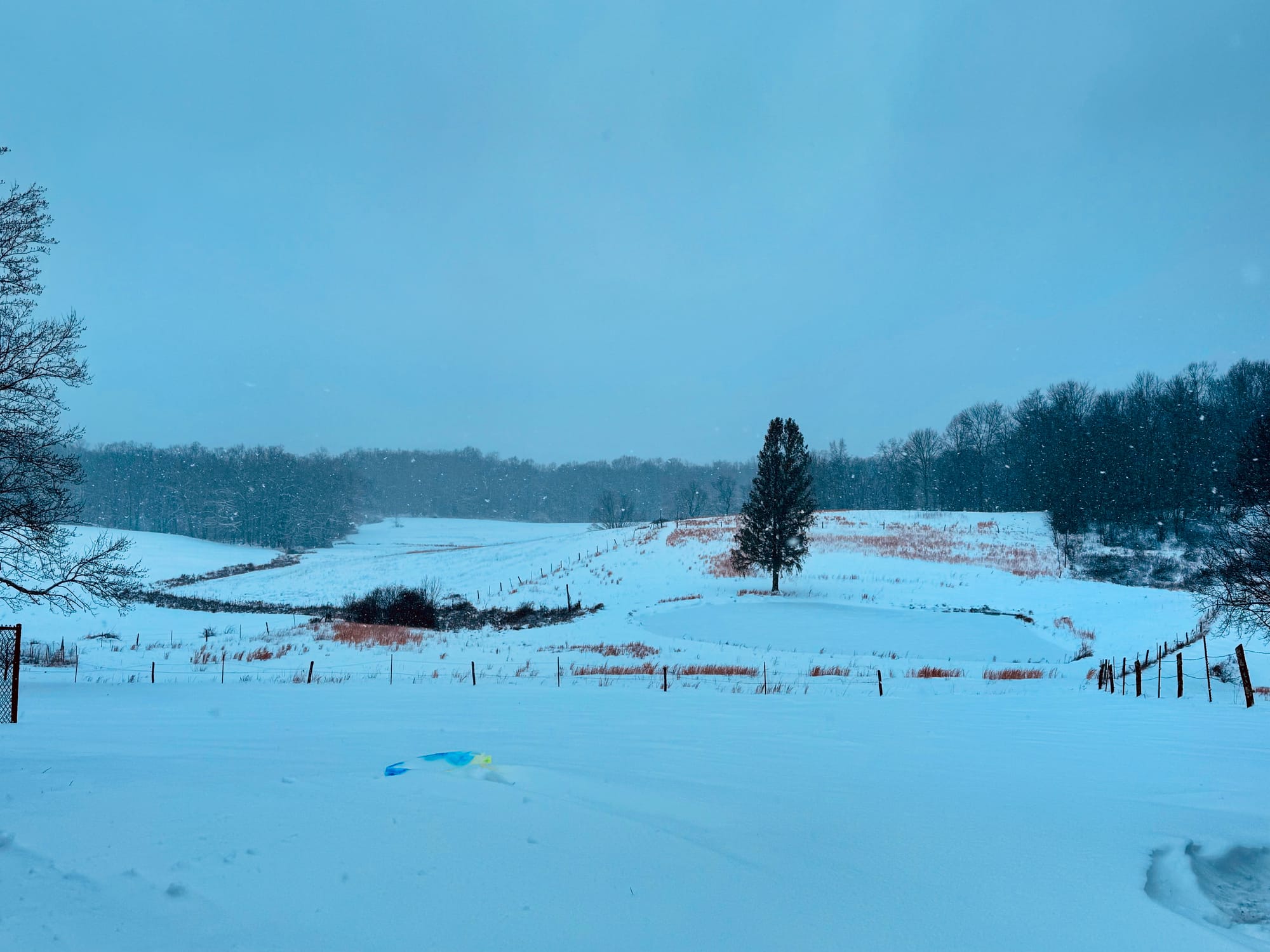Navigating Appalachia Orchard Planning

Agroforestry is more than planting trees; it’s about cultivating a relationship with the land. When I set out to turn my southern West Virginia property into a profitable and sustainable farm, I knew I needed guidance. Chestnuts were always the centerpiece of my vision, but the path to making that vision a reality required expertise, patience, and an open mind.
That’s where consulting with a permaculture expert came in—a decision that turned out to be one of the best investments I’ve made for my land and my goals.
Laying Out the Vision
During our initial phone consultation, I outlined my goals for the farm:
- Profitability: This isn’t just a passion project; it’s a business that needs to sustain itself.
- Diversity with Simplicity: I want systems that work together harmoniously while keeping labor and harvesting manageable.
- Soil-Centric Farming: The farm must work with the soil, not against it.
- Chestnuts as the Core: Every decision we make revolves around the chestnuts.
The consultant’s approach immediately stood out. Instead of jumping to generic advice, he tailored our discussion to the unique opportunities and challenges of my land. He shared resources about agroforestry, Department of Natural Resources (DNR) programs, and fencing strategies. Even in that first call, his insights felt practical and actionable—so much so that I decided to take the next step: a full property walk.
The Walk That Mapped My Farm’s Future
A few weeks later, the consultant traveled from northern West Virginia to my estate in the southern part of the state. For five hours, we walked every corner of my property, diving deep into its possibilities and limitations. The consultant advised where to take soil samples, identified native flora, and traced the historical land use through public records.
Breaking Down the Terrain - Microclimates
- The Young Forest
His knowledge of forest dynamics helped us understand the stage this forest boundary was in, identified invasive species, and consider more daunting issues such as water in winter if we wanted to store livestock in this area. - The Prairie Hill
My hillside turned out to have more prairie-like characteristics—open, sun-drenched, and ideal for windbreaks. This would be a key area for chestnuts, with thoughtful windbreak designs enhancing both productivity and soil stability. - The Wetlands
The pond and its surrounding wetland areas were more complex than I initially realized. These spaces lend themselves to agrotourism opportunities and diverse plantings, like elderberries or water-friendly perennials, that could complement the chestnuts. - Mountain temperate
Perfectly suited for chestnut trees, these microclimates provided the best conditions for my core crop. These cooler zones would anchor the agroforestry plan.
From Observations to Strategy
The value of this walk went beyond identifying what already existed on my property. It became a roadmap for what could be. After our walk, the consultant took the findings and began refining my evolving business plan, layering practical insights into broader strategies:
- Agroforestry: How to maximize the synergy between chestnuts and other crops while keeping harvesting manageable.
- Agrotourism: Leveraging the natural beauty of my land to create experiences for visitors, like guided tours or harvest festivals.
- Nursery Formation: Using part of the property to establish a nursery for native or complementary plants.
- Windbreaks and Microclimates: Designing windbreaks to protect crops, optimize growing conditions, and stabilize the soil.
The Complexity of Orchard Planning
If I’ve learned one thing, it’s that planning an orchard isn’t just about choosing where to plant trees. It’s about understanding the land’s story—its soil, climate, history, and potential.
Thanks to the consultant’s expertise, I’m no longer just envisioning a chestnut farm. I’m building a system that integrates diverse crops, supports sustainable practices, and aligns with the unique characteristics of my land.
Why Permaculture Consulting Is Worth It
This experience has reinforced the value of working with an expert who understands both the science and the art of farming. Permaculture isn’t a one-size-fits-all approach; it’s about tailoring strategies to meet the needs of the land and the farmer.
Here’s why I found consulting so useful:
- Holistic Insights: From soil health to fencing options, the consultant provided a comprehensive view of what’s possible.
- Personalized Advice: Every recommendation was based on my goals and the unique features of my property.
- Actionable Plans: I now have a clearer picture of how to move forward, with a detailed layout in the works.
Looking Ahead
The next step is seeing this vision come to life. With a detailed property layout on the way, I’m excited to share how my farm evolves—from planting the first chestnuts to creating a thriving agroforestry system.
If you’re considering a similar journey, I can’t recommend working with a permaculture consultant enough. Sometimes, the best way to understand your land is through the eyes of someone who can see both its challenges and its potential.
Here’s to building something that not only feeds us but also nurtures the land for generations to come. 🌰🌱

